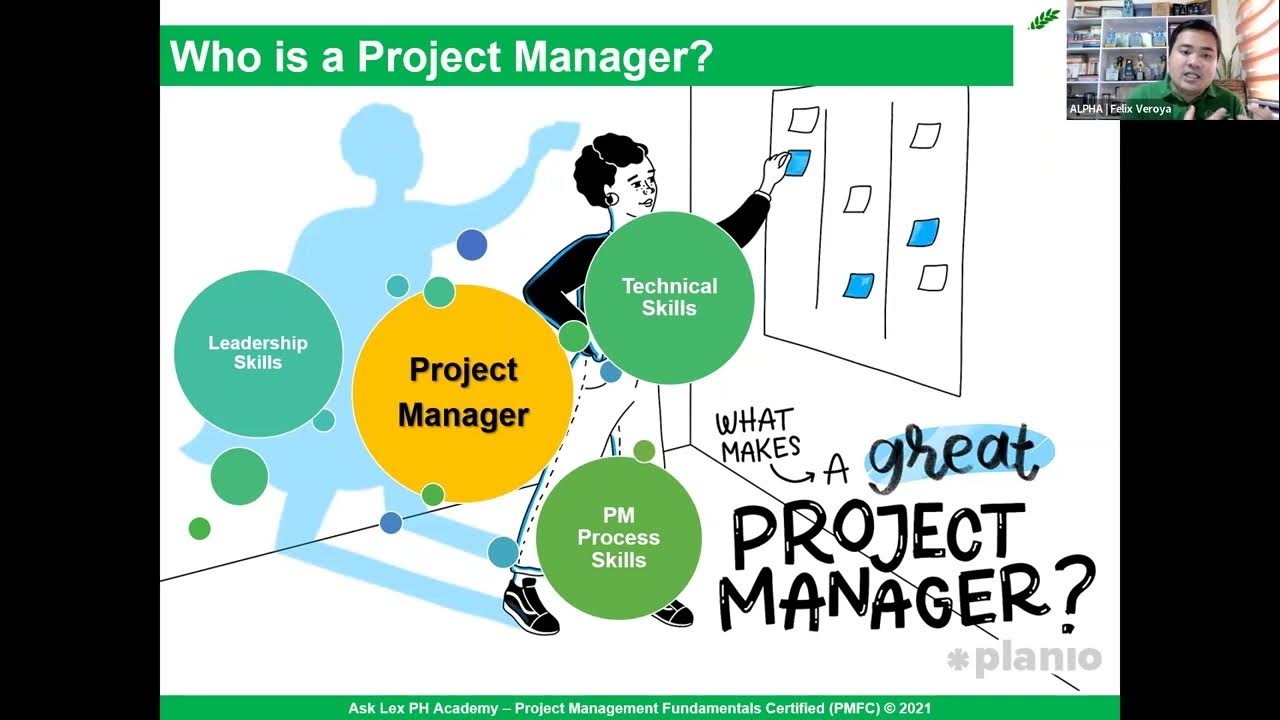NuNet Work Packages and Project Management
Summary
TLDRZena, a project manager and solutions architect at Nunet, discusses the company's use of Kanban and Critical Chain Project Management (CCPM) methodologies to organize projects, manage resources, and achieve objectives. The talk highlights the company's roadmap with milestones such as the decentralized platform launch and the introduction of a micro payment layer. Detailed explanations of work packages, task management, and the use of CCPM diagrams and buffers for project monitoring and intervention are provided, emphasizing the focus on timely project completion and portfolio management.
Takeaways
- 🎉 Zena, a project manager and solutions architect at NuNet, is celebrating two years at the company.
- 🎓 Zena holds a master's degree in computer science and over 20 years of experience in launching software and hardware products in telecommunications and energy sectors.
- 🚀 The primary aim at NuNet is to launch a decentralized platform with numerous potential use cases.
- 📈 Zena introduced two methodologies used at NuNet: Kanban for visualizing workflows and project progress, and Critical Chain Project Management (CCPM) for planning and resource allocation.
- 🔍 Kanban is utilized through a combined board in GitLab, which is publicly accessible, allowing for task visualization in backlog, current work, and review columns.
- 🔗 CCPM involves planning projects by accounting for the actual capacity of resources and focusing team management on critical aspects.
- 🗺️ NuNet's roadmap for the current and next year was shared, highlighting milestones such as the DMS architecture update, decentralized SPO Computing, and public releases.
- 📌 The DMS is a key decentralized component being enhanced to meet the needs of the 2024 roadmap.
- 🔍 Work packages were explained as collections of related tasks with defined deliverables, which are part of an overall milestone.
- 🛠️ Research was conducted on job scheduling and orchestration for outsourcing computing, leading to the creation of a work package dedicated to this task.
- 📊 CCPM uses various charts, including the FIV chart, to monitor project progress and manage project portfolios, ensuring timely completion of all projects.
Q & A
What is Zena's role at Nunet?
-Zena is a project manager and solutions architect at Nunet.
What is the significance of Zena's two-year anniversary at Nunet?
-The two-year anniversary marks Zena's substantial experience and contributions to the company, including the launch of new software and hardware products.
What is Zena's primary aim at Nunet?
-Zena's primary aim is to facilitate the launch of Nunet's decentralized platform, which has numerous potential use cases.
What are the two methodologies Zena mentions that Nunet uses for project organization and execution?
-The two methodologies are Kanban and Critical Chain Project Management (CCPM).
How does the Kanban methodology help Nunet's team?
-Kanban helps the team visualize workflows and project progress, reduce the likelihood of bottlenecks, and prioritize tasks for unblocking.
What is the main concept behind the Critical Chain Project Management methodology?
-CCPM involves planning projects by accounting for the actual capacity of resources and focusing team management on critical aspects, determining the project's duration and ensuring timely completion.
What are some of the key milestones in Nunet's roadmap for the current and next year?
-Key milestones include the DMS architecture update and refactoring, public Alpha solutions, decentralized SPO Computing, and main net releases.
How does Nunet use work packages in CCPM?
-Nunet uses work packages as collections of related tasks with defined deliverables, which are part of an overall milestone. These packages help in organizing and managing tasks effectively.
What is the purpose of the scope buffer in CCPM?
-The scope buffer is created to deal with uncertainty and potential new tasks that may arise during project execution, ensuring that there is time allocated for unforeseen work.
How does the FIV chart in CCPM help in monitoring project progress?
-The FIV chart measures the progress of the project by comparing the percentage of critical chain completion to the consumption of the project buffer, providing a visual indicator of whether the project is on track or requires intervention.
What is the importance of finishing projects ahead of schedule in CCPM?
-Finishing projects ahead of schedule ensures that all projects are completed on time, as the methodology accounts for potential problems during execution by using a project buffer.
Outlines

This section is available to paid users only. Please upgrade to access this part.
Upgrade NowMindmap

This section is available to paid users only. Please upgrade to access this part.
Upgrade NowKeywords

This section is available to paid users only. Please upgrade to access this part.
Upgrade NowHighlights

This section is available to paid users only. Please upgrade to access this part.
Upgrade NowTranscripts

This section is available to paid users only. Please upgrade to access this part.
Upgrade NowBrowse More Related Video

Critical Chain Project Management #2/4 - Project planning the Critical Chain way

Tools and Techniques of Project Management

Critical Chain Project Management (CCPM): Method, Scheduling & Example - AIMS Education

What is Project Manager? Project Manager Responsibilities and Role - AIMS Education

7 Important Project Management Methodologies You Need To MASTER

Who is a project manager_rev1
5.0 / 5 (0 votes)